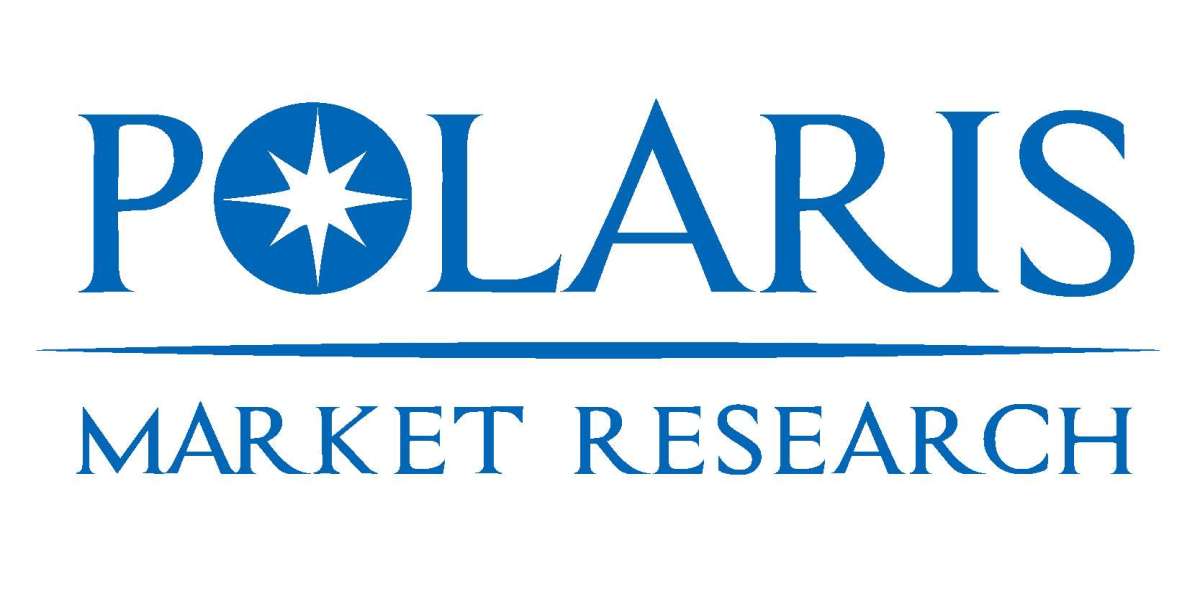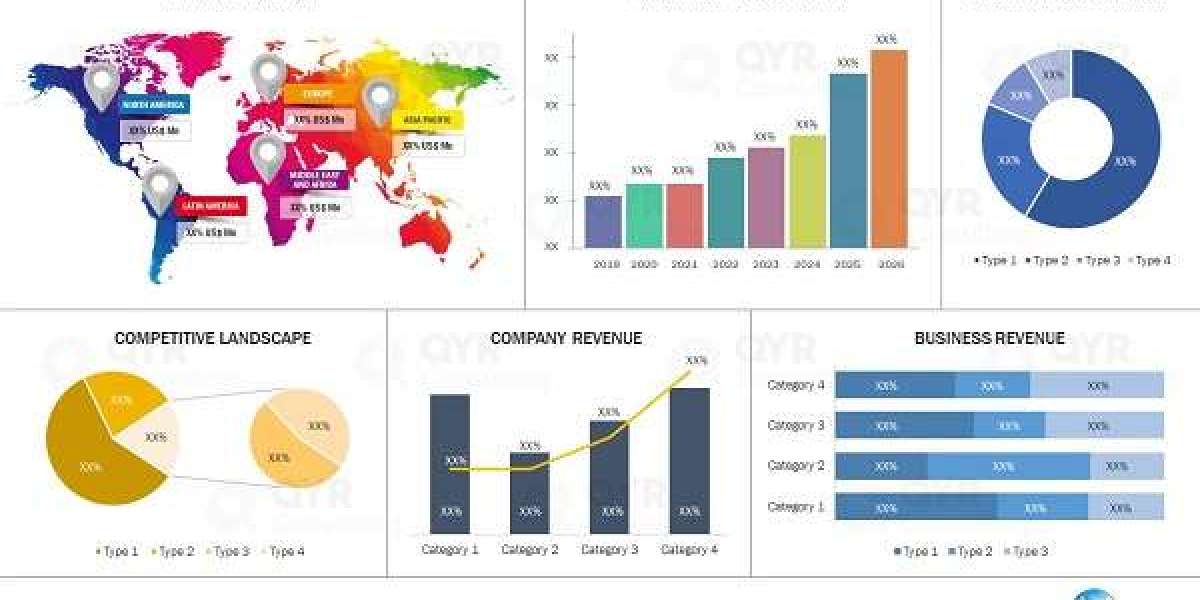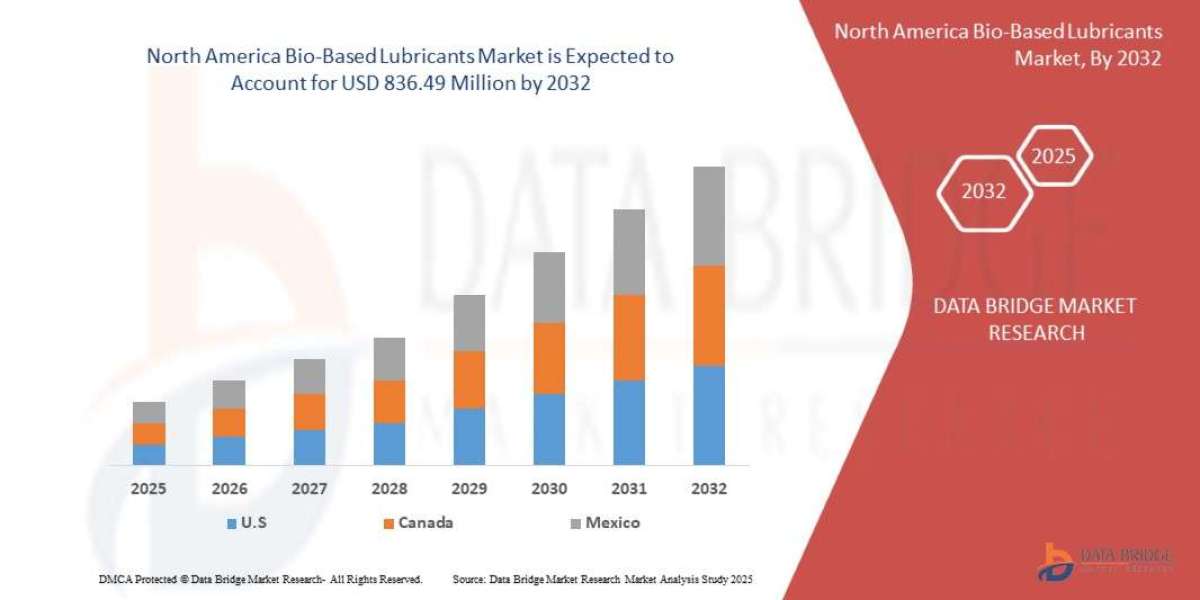The global non-small cell lung cancer market is poised for transformative growth, with a projected market value of USD 129.88 billion by 2034, expanding at a compound annual growth rate (CAGR) of 14.3% from its 2024 valuation of USD 34.14 billion. This rapid expansion is attributed to innovations in targeted therapies, the rise of immuno-oncology, broader screening programs, and a higher global burden of lung cancer.
Non-small cell lung cancer accounts for approximately 85% of all lung cancer cases, making it the most prevalent form of lung cancer. NSCLC has historically posed treatment challenges due to late-stage diagnosis and its genetic complexity. However, recent breakthroughs in molecular diagnostics and next-generation therapies have begun to reshape the treatment landscape, providing renewed hope for patients and opportunities for pharmaceutical companies.
Market Overview
NSCLC encompasses several subtypes, including adenocarcinoma, squamous cell carcinoma, and large cell carcinoma. With evolving diagnostic methods, these subtypes are now being treated with more personalized approaches, particularly with the integration of biomarkers, EGFR inhibitors, and PD-1/PD-L1 checkpoint inhibitors.
The global market is witnessing accelerated investment in oncology biologics, companion diagnostics, and combination therapies, which are improving patient survival rates and quality of life. Growing regulatory approvals for first-line and second-line therapies and the ongoing development of next-generation ALK/ROS1 and KRAS inhibitors further amplify the commercial potential of this market.
Key Market Growth Drivers
1. Rising Global Incidence of Lung Cancer
The World Health Organization (WHO) continues to report a high incidence of lung cancer globally, with smoking, air pollution, and genetic predispositions driving the surge. In 2024 alone, more than 2.2 million new lung cancer cases were diagnosed globally. The increasing prevalence of NSCLC is prompting higher demand for effective, advanced treatment solutions.
2. Technological Advancements in Oncology
The evolution of molecularly targeted therapies, liquid biopsies, and genomic profiling is enabling physicians to tailor treatments to specific cancer mutations. Personalized medicine, powered by artificial intelligence and precision diagnostics, is leading to higher treatment efficacy and better patient outcomes.
3. Expansion of Immunotherapy Options
Immunotherapy, especially immune checkpoint inhibitors such as PD-1/PD-L1 and CTLA-4 blockers, has revolutionized the NSCLC treatment paradigm. Drugs like Keytruda (pembrolizumab) and Opdivo (nivolumab) have already set benchmarks in first-line treatment, and new combinations are under clinical trials with promising results.
4. Regulatory Support and Fast-Track Approvals
Global regulatory bodies such as the FDA, EMA, and China’s NMPA have increasingly granted orphan drug designations, accelerated approvals, and breakthrough therapy status to NSCLC drugs. These frameworks significantly reduce the time to market, especially for therapies targeting unmet clinical needs.
Explore The Complete Comprehensive Report Here:
https://www.polarismarketresearch.com/industry-analysis/non-small-cell-lung-cancer-market
Market Challenges
1. High Cost of NSCLC Treatments
Novel therapies, including immunotherapies and targeted biologics, come at a steep cost, often limiting access in low- and middle-income countries. The financial burden on patients and healthcare systems remains a major hurdle to equitable treatment access.
2. Drug Resistance and Tumor Heterogeneity
Despite advances in targeted therapies, many patients develop resistance over time. Tumor heterogeneity, both inter- and intra-patient, presents challenges in sustaining long-term responses and necessitates the development of multi-modal strategies.
3. Limited Access to Advanced Diagnostics
Access to comprehensive genomic profiling and biomarker testing is still limited in many regions, particularly in developing economies. This restricts the adoption of precision therapies and compromises optimal treatment selection.
Regional Analysis
North America
North America leads the NSCLC market, accounting for the largest revenue share in 2024. The U.S., in particular, benefits from a robust pharmaceutical ecosystem, wide access to screening programs, reimbursement coverage, and early adoption of new therapies. Key players like Merck & Co., Inc., Bristol-Myers Squibb, and Pfizer Inc. are significantly investing in combination regimens and next-gen biologics.
Europe
Europe remains a strong player, driven by public health campaigns for early diagnosis, centralized cancer care networks, and increasing clinical trials across Germany, France, and the U.K. The European Medicines Agency (EMA) continues to facilitate faster drug access through priority review programs.
Asia Pacific
Asia Pacific is the fastest-growing regional market, driven by rising lung cancer incidence, government efforts to expand healthcare infrastructure, and the increasing approval of NSCLC treatments in countries like China, Japan, and South Korea. Companies such as Beigene Ltd. and Novartis AG are enhancing their focus on regional expansion, especially in China’s Tier-1 and Tier-2 cities.
Latin America and Middle East & Africa
These regions represent emerging markets, with increasing adoption of cancer screening and diagnostic programs. However, limited healthcare funding and availability of novel therapies still restrain market growth. Gradual improvements in healthcare access and strategic partnerships with global players are expected to boost growth in the long term.
Key Companies in the NSCLC Market
Several leading pharmaceutical and biotech companies are actively shaping the NSCLC market through innovation, partnerships, and expanded pipeline programs. Major market players include:
Amgen Inc. – With a strong oncology pipeline, Amgen is targeting KRAS G12C mutations and exploring novel bispecific antibodies.
AstraZeneca PLC – Manufacturer of Tagrisso and Imfinzi, AstraZeneca is leading in EGFR-targeted and immunotherapy segments.
Beigene Ltd. – Focused on developing affordable cancer therapies, Beigene is gaining traction in emerging markets.
Bristol-Myers Squibb Company – A key player in immuno-oncology with its blockbuster drug Opdivo.
Eli Lilly and Company – Offers multiple NSCLC therapies, including Alimta, and is investing in next-gen biomarker-based treatments.
Exelixis Inc. – Known for targeted cancer therapies and multiple collaborations in the NSCLC space.
Johnson & Johnson – Through Janssen, it is enhancing its oncology footprint with targeted therapy innovations.
Merck & Co., Inc. – Developer of Keytruda, one of the highest-grossing immunotherapies for NSCLC globally.
Mirati Therapeutics Inc. – Known for its research on KRAS mutations, recently acquired by Bristol-Myers Squibb to bolster oncology strength.
Novartis AG – Expanding its presence in the targeted therapy domain and investing in TKI innovation.
Pfizer Inc. – Offers Lorbrena and other NSCLC therapies, with ongoing R&D in combination treatments.
Roche Holding AG – A pioneer in oncology diagnostics and therapeutics, with strong offerings like Tecentriq and a robust biomarker testing ecosystem.
Conclusion
The global non-small cell lung cancer market is entering a dynamic era marked by scientific breakthroughs, rising patient awareness, and deeper understanding of cancer biology. The shift from conventional chemotherapy toward targeted therapy and immuno-oncology is reshaping patient care pathways. While challenges like drug resistance and affordability persist, collaborative efforts among stakeholders—research institutions, pharmaceutical companies, governments, and patient advocacy groups—are fostering a more responsive and inclusive oncology ecosystem.
As the NSCLC treatment landscape continues to evolve with an emphasis on personalized medicine, early detection, and global access, the market is set to remain one of the most competitive and fastest-growing segments in oncology through 2034.
More Trending Latest Reports By Polaris Market Research:
High Temperature Insulation Market
point of purchase packaging market



